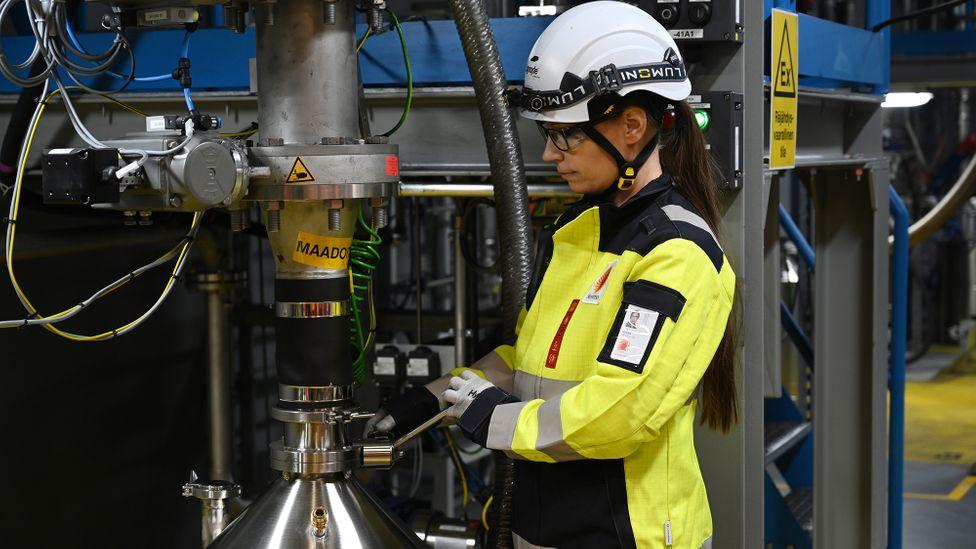Scientists are looking for materials to produce sustainable batteries as the demand for electric vehicles grows. Lignin, the substance that gives trees their woody appearance, is emerging as a viable contender. A large Finnish paper producer (Stora Enso) realized the world was changing about eight years ago. Paper consumption had been steadily declining due to the emergence of digital media, a reduction in office printing, and the waning attractiveness of mailing goods by post, among other issues.
Stora Enso describes itself as “one of the world’s largest private forest owners” in Finland. As a result, it has a large number of trees, which it uses to produce wood goods, paper, and packaging, among other things. It now intends to manufacture batteries, namely electric vehicle batteries that can charge in as little as eight minutes.
The company hired engineers to look into the possibility of using lignin, a polymer found in trees. Around 30% of a tree is lignin, depending on the species; the rest is largely cellulose. Carbon is found in lignin, a polymer. Carbon is also an excellent material for the anode, a critical component in batteries. The lithium-ion battery in your phone very definitely features a graphite anode; graphite is a layered type of carbon.
Engineers at Stora Enso determined that they could extract lignin from waste pulp produced at certain of their factories and process that lignin to make a carbon material for battery anodes. The startup is collaborating with the Swedish company Northvolt and intends to manufacture batteries as early as 2025.
Even if lignin is everything Stora Enso claims it is, it may struggle to compete with the graphite presently in use because graphite is simply too good at what it does. However, one advantage is that, in theory, using lignin would not require the cutting of extra trees, which would be a gain as long as the company’s forestry practices are as sustainable as it claims.

